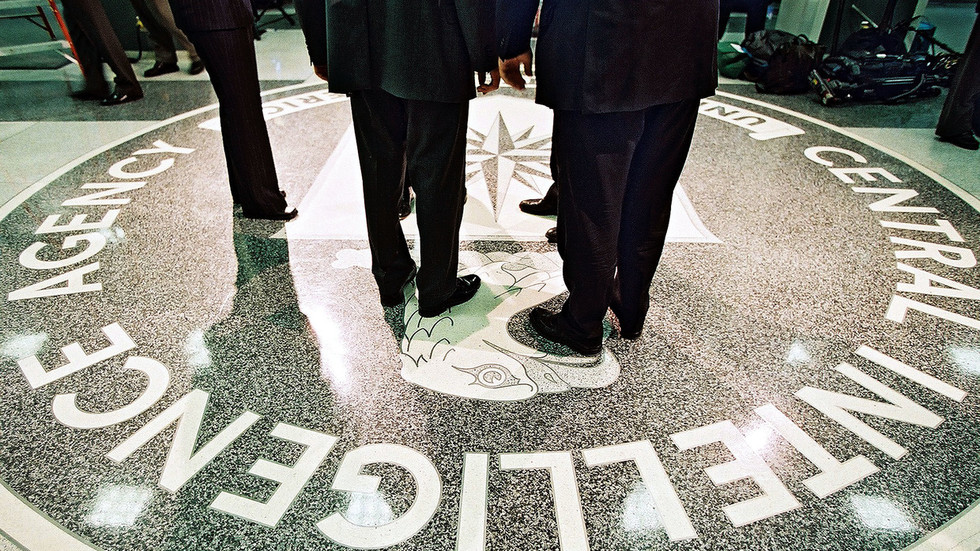Luis Ortega’s absurdist comedy “Kill the Jockey,” which plays in Venice competition, is set in Argentina’s horse-racing community. “It’s a wild, wild world,” he tells Variety. “I encountered some very exotic jockeys and horse owners and I thought it’s so great. They’re so crazy and exciting, and [the jockeys] risk their life every race.”
The central character, Remo Manfredini, is clearly psychologically damaged – abusing drugs and alcohol to the extent that we see him fall off his horse even before it leaves the gate – but nonetheless he retains the self-possession and panache of a matador. “There is a lot of pride in that attitude,” says the Argentine filmmaker, whose previous film “El Angel,” about a baby-faced killer, premiered in Cannes’ Un Certain Regard.
Remo, played by Nahuel Pérez Biscayart, always keeps his race-track cronies at a distance and can seem aloof. “The only way I could relate to that is being a director in this industry and how you feel alienated and completely lost in relation to what everyone else is talking about and what it really is to make a movie, or ride a horse in his case,” he says.

Talking about Pérez Biscayart, a Cesar winner with “120 BPM (Beats Per Minute),” Ortega says: “He’s the best Argentinian actor we have definitely. He’s on a completely different level. He’s a genius. He just understands the madness of everything, and he’s comfortable with being ridiculous.”
The film is imbued with a satirical tone that portrays Argentinian society as being a snake pit of corruption and violence. “I use that a lot because I just can’t take life too seriously if I want to get through it. That’s like a survival mode that is very useful for me, and I try to have the character have that point of view in order to get through all his own things,” he says.
Although set in Buenos Aires, the film isn’t a typical Argentine film. “I have this city in my blood, but I could have done this in Russia. It’s just people. It’s about people,” Ortega says. “So, I’m okay with the fact that it doesn’t belong anywhere. The D.P. is from Finland, Timo Salminen, and he’s done every Aki Kaurismäki film, and he gave a completely personal look to the film, and that was amazing. It just looks very particular, and it doesn’t look a lot like other Argentinian films. So, I’m okay with not having an identity in that respect.”

One of the surreal aspects of the film is the recurring appearance of babies. Remo’s mobster boss is always carrying a baby, and Remo’s girlfriend Abril – played by “Money Heist’s” Úrsula Corberó – is pregnant. This chimes with one of the film’s themes, which is how birth and death are linked, an idea borrowed from William S. Burroughs. “He talks about how there has to be death in order for there to be birth,” Ortega says.
The baby obsession also was driven by his own experience. “I was about to be a father, and I was very crazy about that. It was just something that was haunting me, you know, all the baby things,” he says.
It is one of the film’s ironies that Remo only finds freedom when he is incarcerated. “I guess when you’re not in the hassle of trying to fit in or having to relate to the world you live in, you free yourself from all these obligations and that happens naturally. I have friends that have been in prison, and that has happened to them. They became completely different people,” he says.
Next up for Ortega is a film about a crack-smoking priest in Bolivia. “It’s about a priest who meets a crazy actress, and they fall in love, and she gets him into smoking crack,” Ortega says. “Then he goes to Bolivia to work with the guys who work underground. They believe in God when they’re on the ground, and when they go underground, they have this statue of the Devil, because underground, that’s where the Devil reigns. So they believe in God and the Devil, and that’s a very interesting world. And there’s a lot of dynamite. You know, in Bolivia, they sell dynamite like you can buy cigarettes. And I love that. I love that.”
.png)









 English (US) ·
English (US) ·